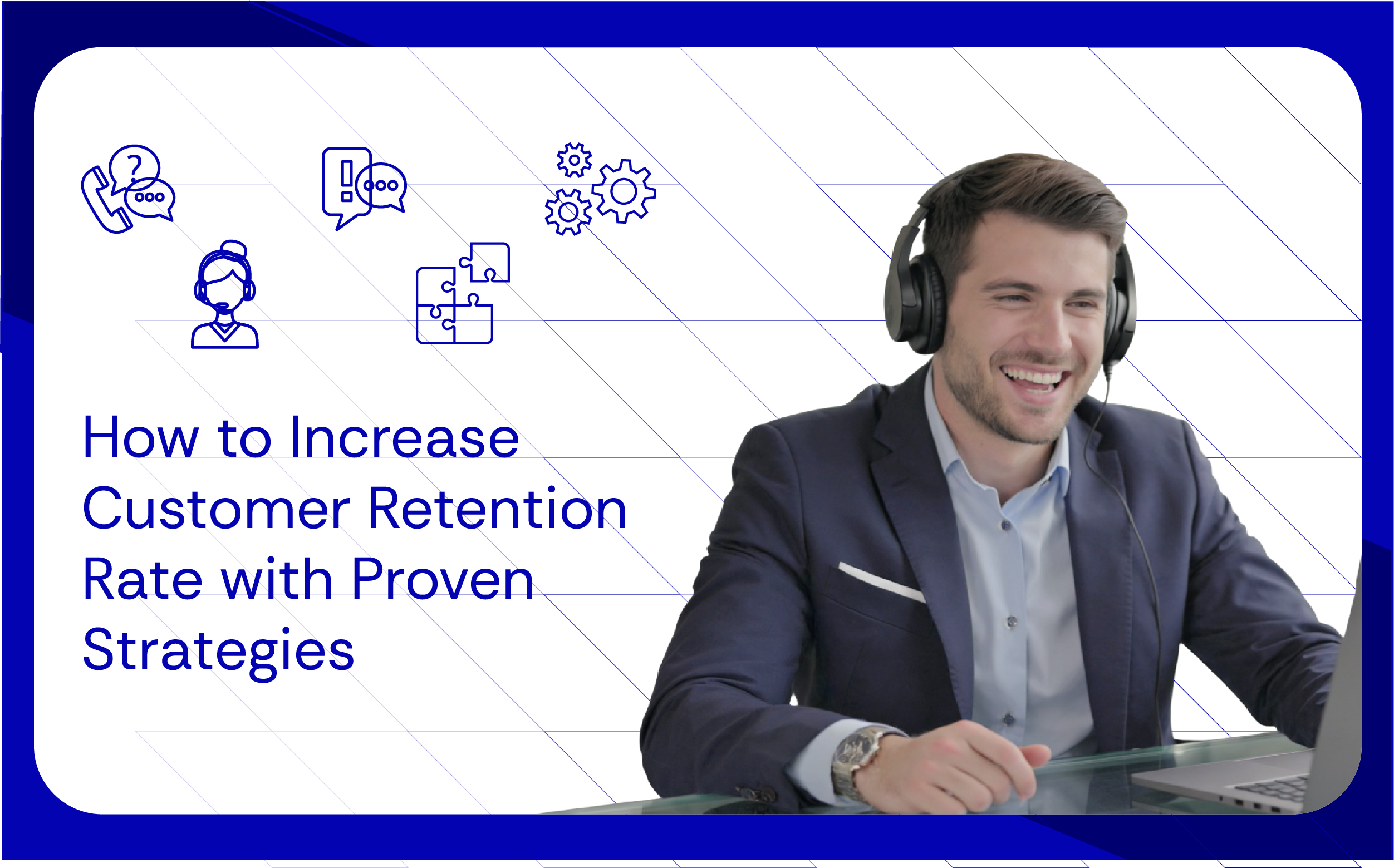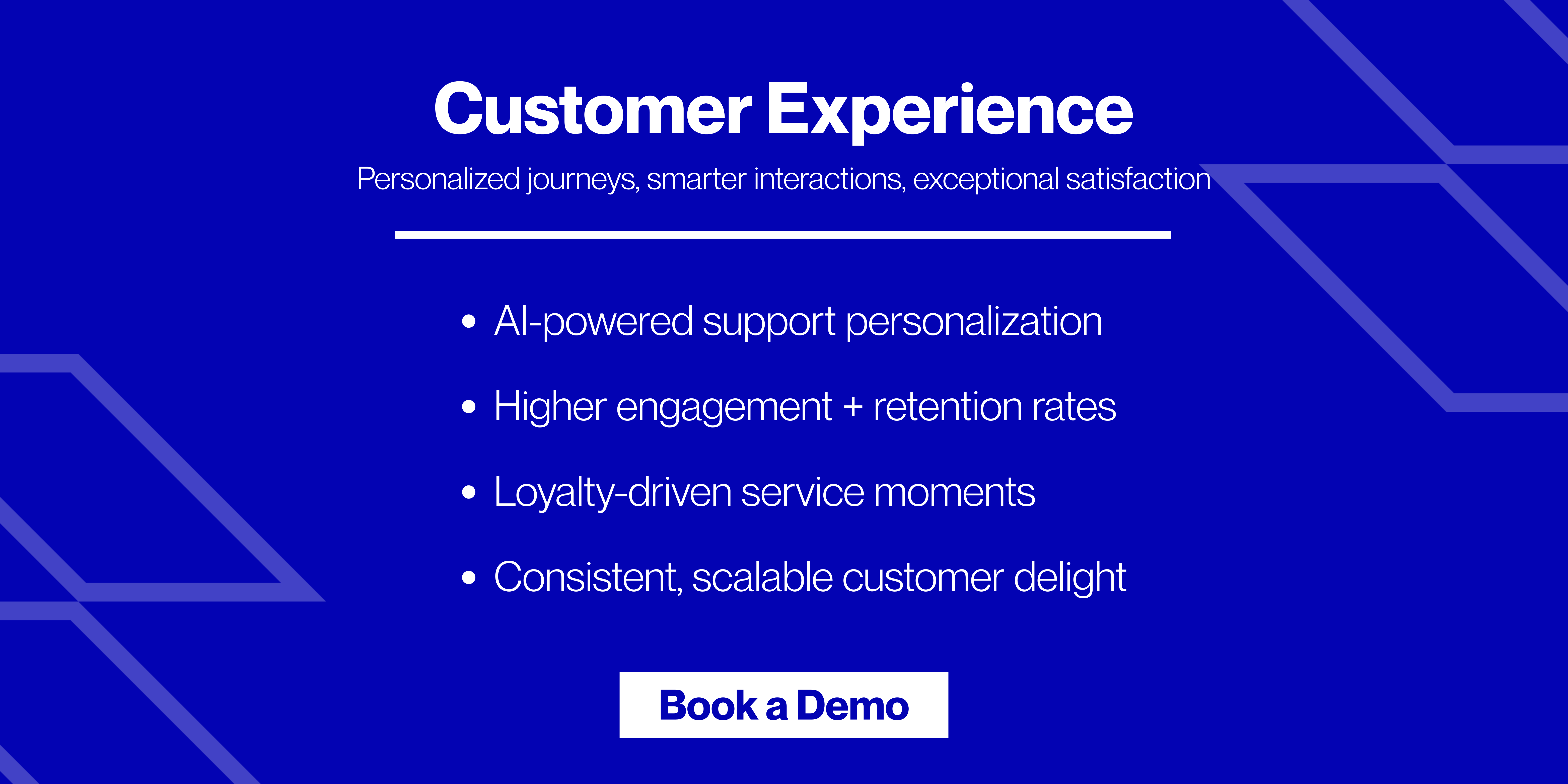Key Takeaways
- Retaining customers is more cost-effective and profitable than constantly acquiring new ones.
- Onboarding, personalized communication, and proactive support are essential for long-term loyalty.
- Tracking customer feedback and behavior allows you to tailor experiences that keep them engaged.
- Consistent value, clear communication, and easy access to support are the foundation of retention.
- For CX leaders at consumer brands and D2C companies in the US, UK & Australia, improving retention is tied to reducing churn, boosting lifetime value and scaling sustainably.
What Is Customer Retention?
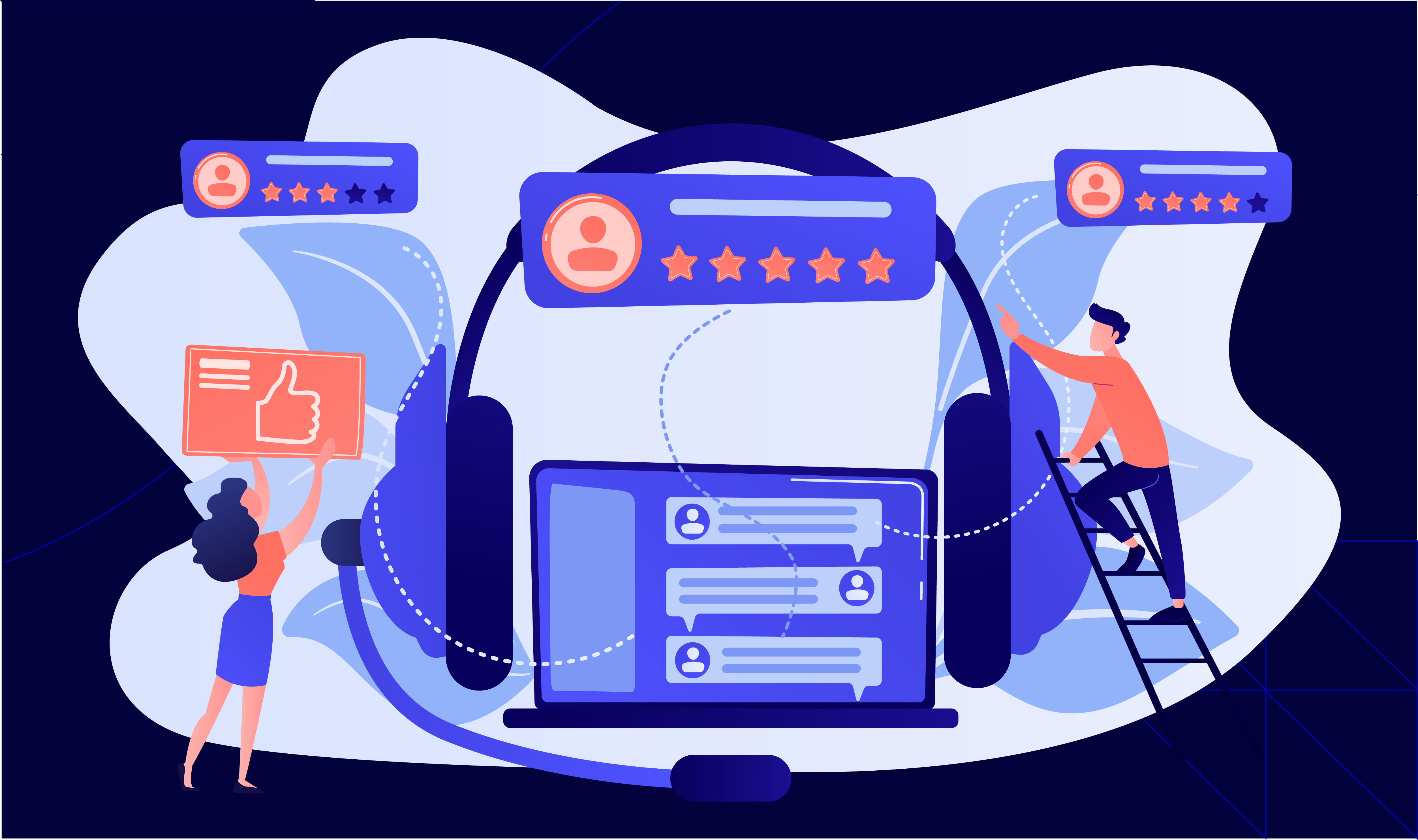
Customer retention is essentially the ability of your business to keep customers sticking around. It is where your business shifts from scrambling to scale. It’s about creating exceptional experiences that keep your customers coming back, again and again
In case you’re wondering how to increase customer retention, it’s: show up consistently, deliver value at every step and make your customers feel like they matter. We’ve got you covered in this guide to customer retention strategies that work. We’ll talk about:
- Building relationships that last
- Proactively solving customer pain points
- Creating a post-purchase journey that keeps the love alive
- And making sure your best customers feel like VIPs, and not just transaction IDs
Let’s dive right in!
Why Does Customer Retention Matter?
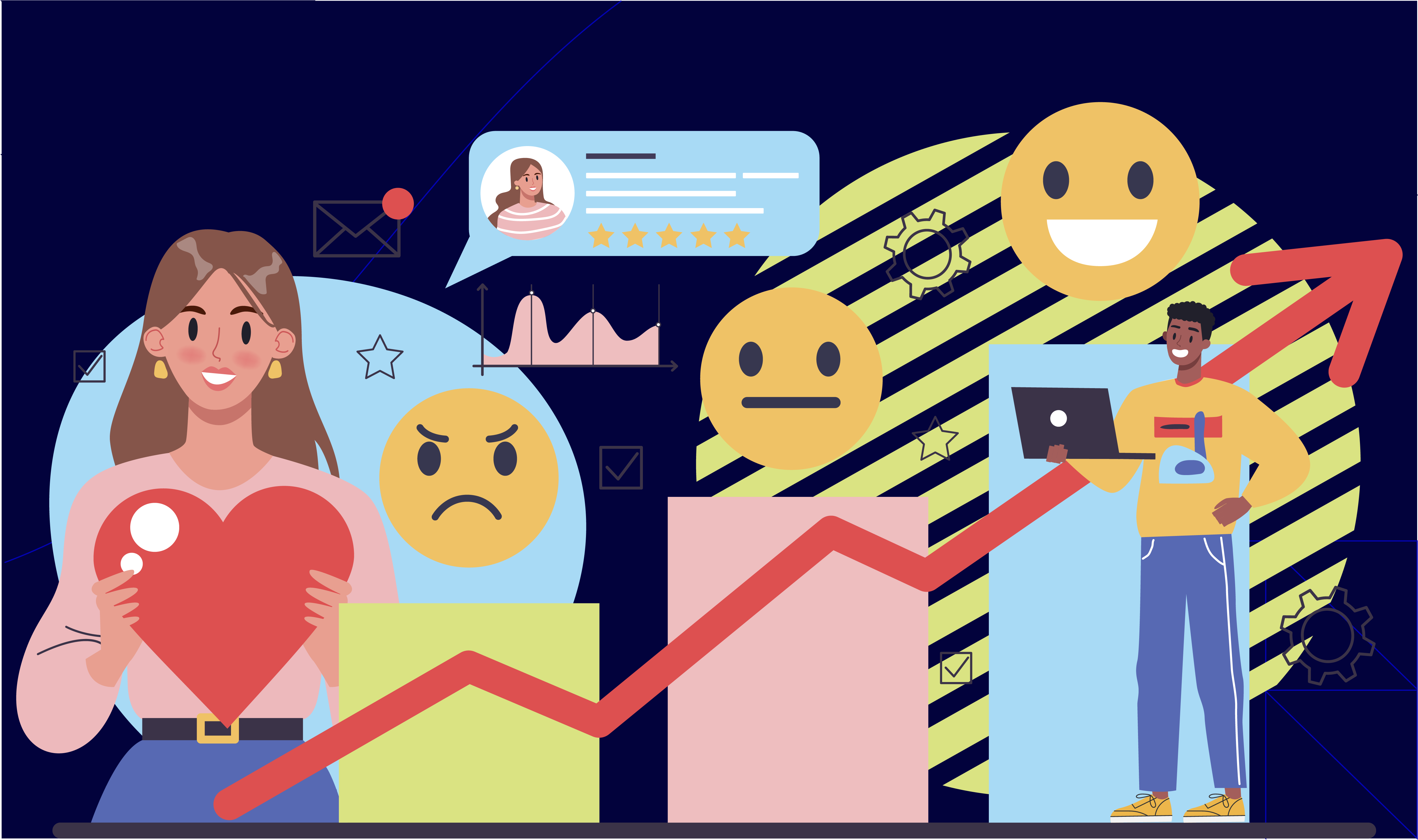
Customer retention matters because instead of constantly pouring energy into chasing new leads, you’re building long-term relationships with the people who already know, like, and trust your brand. Here are some reasons (and stats) that highlight why answering the question “how to increase customer retention?” should be your new favorite obsession:
- It’s cheaper than acquiring new customers: Studies suggest that it costs 5 to 7 times more to acquire a new customer than it does to retain an existing one.
- It’s wildly profitable: Bain & Company found that a 5% increase in retention can boost profits by 25–95%. Loyal customers buy more, buy more often, and are less price-sensitive.
- Loyal customers talk: 70% of loyal customers are likely to refer your brand to friends or family. And a referred customer is 18% more loyal than a customer acquired by any other means. If you treat them right, they become your biggest (and most cost-effective) marketing channel.
- When things go wrong, loyal customers are more forgiving: Studies show that 80% of customers forgive a bad experience if they rate their customer service team as very good. That kind of grace only comes from a solid relationship.
For VP and Director level CX leaders, retention is about compounding ROI and building resilience against market shifts.
So, if you’ve been wondering how to increase customer retention, what you’re really asking is: “How do I build a business that doesn’t just grow—but grows sustainably, profitably, and with a whole lot less stress?” Here are 7 strategies that you can use to improve your customer retention rate.
1. Get the Onboarding Experience Right
Think of onboarding as your welcome mat—it sets the tone for the entire relationship. Done right, it builds confidence. Done wrong, and you’ve just handed them a reason to ghost you before they ever fully engage. So, how do you make sure your onboarding actually retains customers?
- Guide them like a helpful friend: Don’t just toss people into your product or service and hope they figure it out. Walk them through it. Highlight quick wins. Make it feel simple, intuitive, and valuable right out of the gate.
- Send a welcome email that actually welcomes them: Skip the generic “Thanks for signing up.” Instead, give them next steps, helpful resources, and a friendly intro to your team or brand voice. Bonus points if it includes a video or a personalized message.
- Quickly get them to their “aha!” moment: What’s that one thing that makes a new customer say, “Ooh, this is what I needed”? Whatever that is, make sure they experience it within the first few interactions. The quicker they feel the value, the more likely they are to stick around.
- Be proactive with support: Don’t wait for them to get frustrated and reach out. Set up check-ins. Use in-app messaging or follow-up emails to ask how it’s going and if they need help. Showing up early makes you look thoughtful and reliable.
- Celebrate small wins: Did they finish a tutorial? Make their first purchase? Hit a key milestone? Call it out! A little positive reinforcement goes a long way toward building momentum and loyalty.
2. Stay Top-of-Mind with Ongoing Engagement
If customers only hear from you when you’re trying to upsell them or fix a problem, they’re not going to stick around. But if you stay helpful, relevant, and present? That’s how you build real, lasting relationships. Here are some easy ways to keep engagement alive (without being annoying):
- Send value-rich emails (how-to tips, product updates, relevant articles, or even curated recommendations).
- Hosting educational webinars or tutorials in the form of webinars, tutorials, mini-courses, FAQs, or whatever else helps your customer get more out of what they already bought from you.
- Use an omnichannel communication strategy to communication, meeting customers where they are and making engagement seamless.
- Create little moments of unexpected delight, such as a surprise discount, a shoutout on social media or a “thank you” message just because.
- Send out surveys, ask for product feedback, or run quick polls. It makes your customers feel like they’re part of your journey, and not just passive users.
3. Build Emotional Loyalty, Not Just Functional Satisfaction
Here’s a truth that gets overlooked way too often: people might buy with logic, but they stay because of emotion. So, how do you turn functional satisfaction into emotional loyalty? Let’s break it down.
- Be ridiculously human: Nobody wants to talk to a cold, robotic brand. Use real language, not stiff scripts.
- Celebrate customer milestones: Customers love to feel seen. Acknowledge their one-year anniversary with your product. Congratulate them on their 10th purchase. Celebrate their success using your service.
- Listen more than you talk: Act on feedback. Reply to reviews of all kinds. Let customers influence product decisions when it makes sense.
- Empower your frontline team: Give your customer-facing team permission (and tools) to be creative, empathetic, and generous when it matters. Because retention is all about building a relationship, and relationships only last because of human connections.
4. Collect and actually use feedback
One of the easiest and most underrated ways to increase customer retention is to just ask your customers what they think. Seriously. That’s it. Ask things like:
- “How satisfied are you with our service?”
- “What could we do better?”
- “What do you wish we offered?”
Sometimes a simple email or a quick check-in during a customer call does the trick. However, here’s the key part most businesses miss: It’s not enough to just collect answers, you’ve got to actually do something with the feedback. Customers can tell when their input goes into an abyss. They end up feeling unheard, unimportant, and invisible. On the flip side, when people feel like their voice matters—when they see you making changes based on what they said—they’re way more likely to stick around. Just send out a quick message that says: “Thanks to your feedback, we’ve made a few changes we think you’ll love…” Then list out what you did. This tiny step creates a loop of trust. Customers feel seen, valued, and part of the process—and that’s a strong foundation for long-term loyalty.
5. Reward loyalty in meaningful ways
You don’t need a big, shiny loyalty program to show your appreciation. What really matters is making your customers feel seen, appreciated, and celebrated. Here are a few simple but powerful ways to make that happen:
- Offer discounts or early access to new products.
- Offer early access to new features or products.
- Send handwritten notes or surprise gifts.
- Celebrate milestones with surprise gifts.
The big idea here? Don’t just try to retain customers like you’re trying to hang on for dear life. Make them feel valued.
The key is authenticity: rewards should feel personal and not transactional.
6. Make support easy, fast, and human
Nothing kills customer loyalty faster than bad support. On the other hand, great support doesn’t just solve problems—it builds trust and makes people want to keep doing business with you. So, how do you create that kind of experience? Start here:
- Offer an omnichannel customer experience.
- Use AI assistants for quick fixes, with seamless handoff to humans.
- Train agents for speed and empathy.
- Follow up after resolution to confirm satisfaction.
- Invest in your support team.
A Zendesk report shows that 61% of consumers will switch brands after just one poor experience.
7. Track retention and churn
If you’re serious about learning how to increase customer retention, you’ve got to stop treating it like a “nice-to-have” and start treating it like a mission-critical business metric. Because what you don’t track, you can’t improve. Here are the key metrics that you need to keep an eye on:
- Customer retention rate: This one’s your north star, and shows you what percentage of customers are sticking with you over time.
- Churn rate: It tells you how many customers are leaving (great for spotting trends before they become big problems).
- Repeat purchase rate: This one shows how well you’re turning first-time buyers into loyal fans.
- Customer lifetime value (CLTV): How much revenue do you earn, on average, from a single customer over the entire relationship? It’s a great way to gauge the long-term impact of your retention strategies.
Tracking these helps CX leaders forecast growth and refine retention strategies in real time.
Retention is your business’s secret weapon
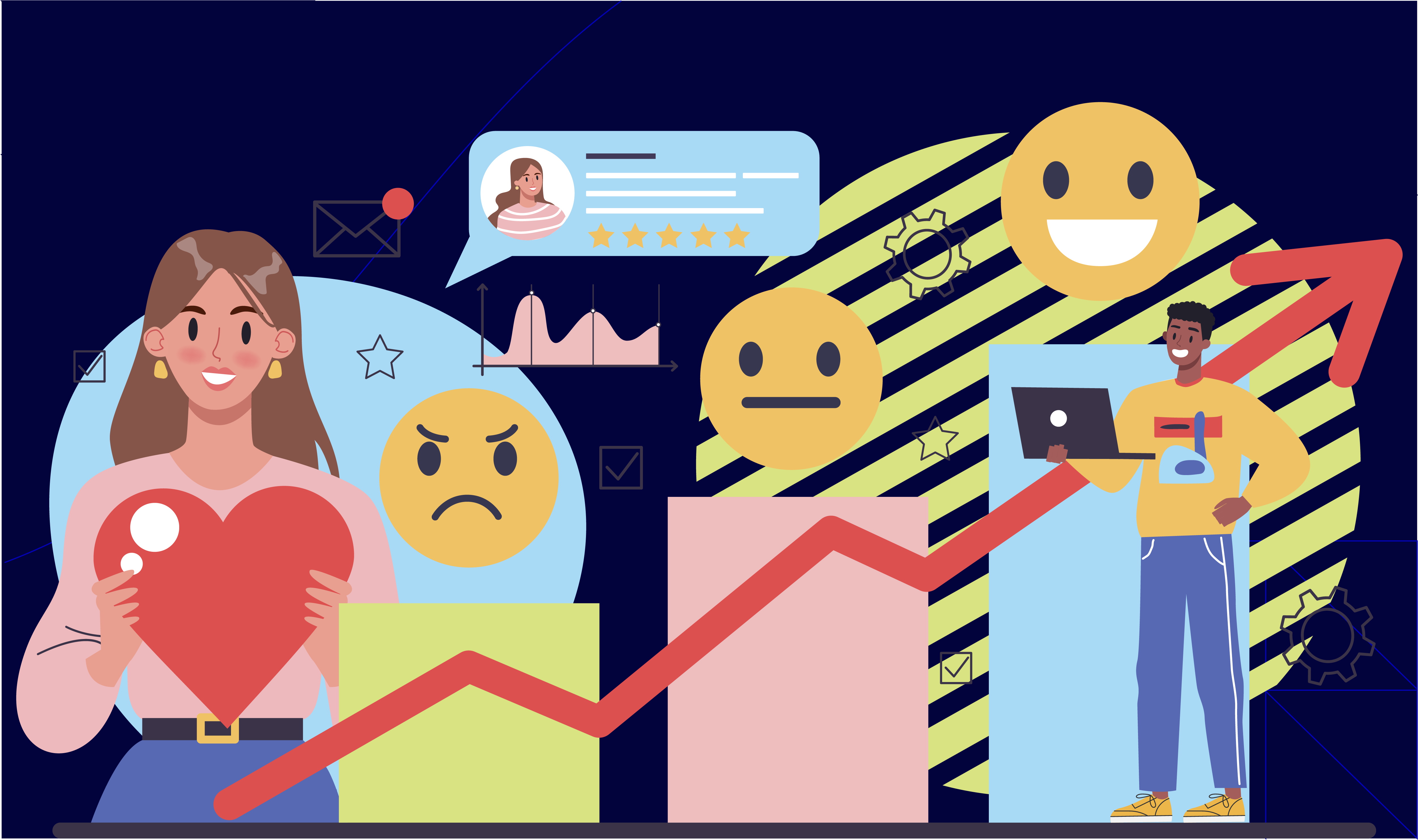
Customer retention doesn’t always get the spotlight. It’s not as flashy as landing new leads. It doesn’t have the instant gratification of closing a big sale. But if you’re playing the long game in business, retention is where the real magic happens. You’ve already done the hard work of winning that customer. Why let them slip away when you could turn them into a raving fan, a repeat buyer, maybe even a brand ambassador? For consumer brands and D2C companies with $5M+ in revenue, retention is not optional, it’s a competitive advantage.
Need help keeping your best customers around? You may need a customer experience outsourcing partner.
At Atidiv, we help CX leaders scale smarter with:
- Customer success teams that act as brand extensions
- AI-powered automation to streamline service
- Retention-focused CX strategies proven to reduce churn
Partner with Atidiv to turn satisfied customers into lifelong advocates.
FAQs On How to Increase Customer Retention
1. What’s the easiest way to start improving customer retention?
Start with better onboarding and personalized communication. If customers feel guided and valued early on, they’re far more likely to stick around.
2. How do I know if my retention strategy is working?
Keep an eye on metrics like repeat purchase rate, churn rate, and customer lifetime value. If those numbers are trending in the right direction, you’re on the right track.
3. What are the best ways to increase customer retention for small businesses?
Even simple things—like sending thank-you emails, offering helpful tips, and asking for feedback—can make a huge difference. It’s about consistency and connection.
4. How often should I check in with customers?
It depends on your business, but regular touchpoints (monthly or quarterly) help keep the relationship alive without overwhelming them.
5. Can automation help improve retention?
Absolutely. Tools like automated check-ins, feedback surveys, and loyalty reminders can save time and keep customers engaged—just be sure it still feels personal.
